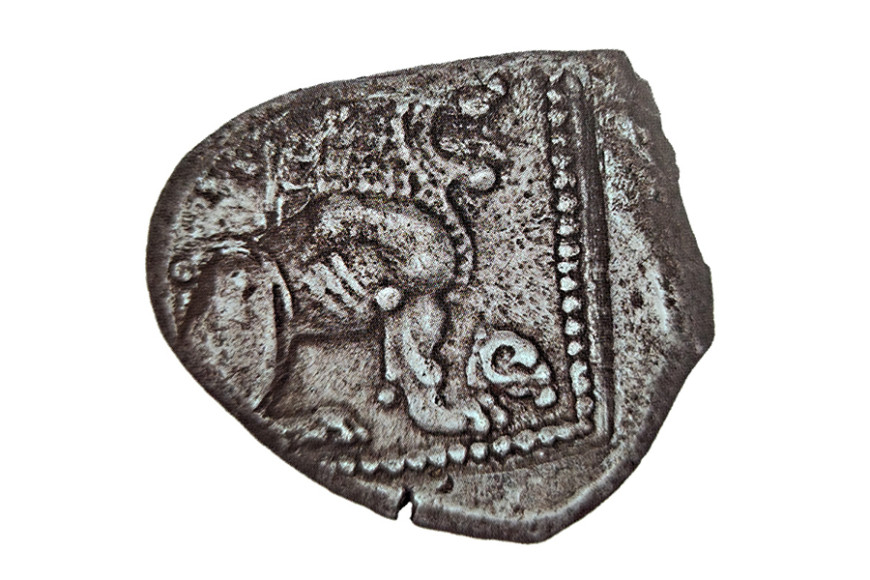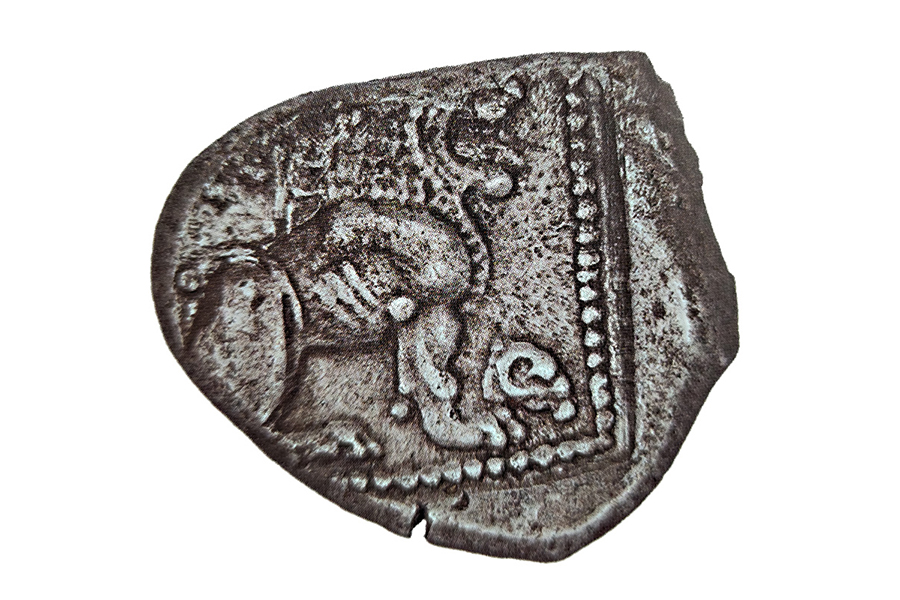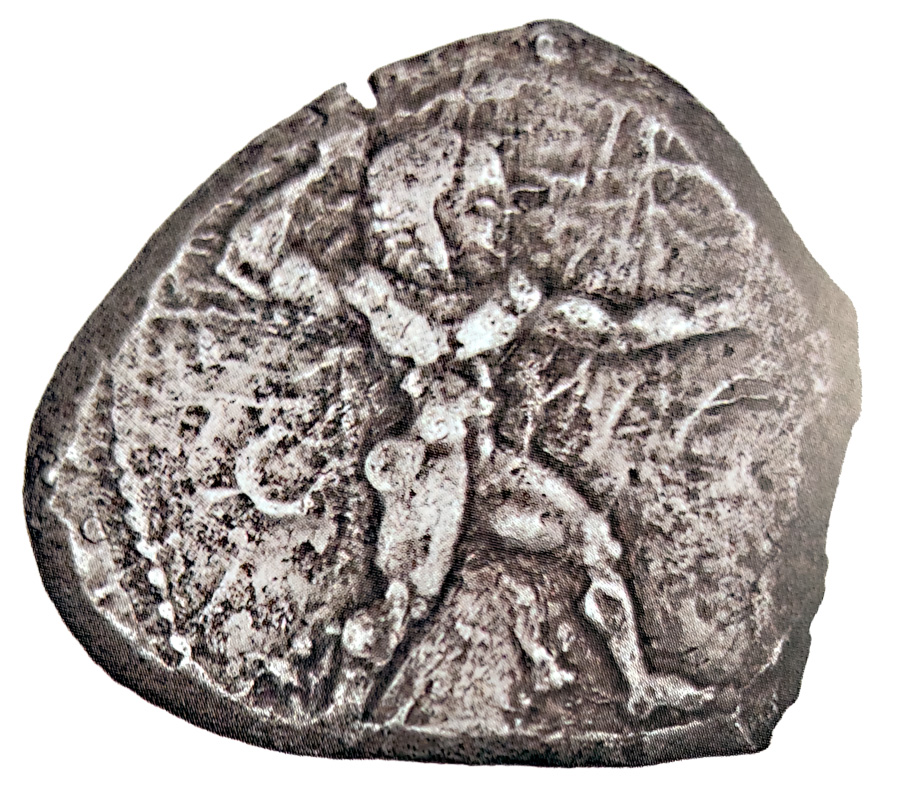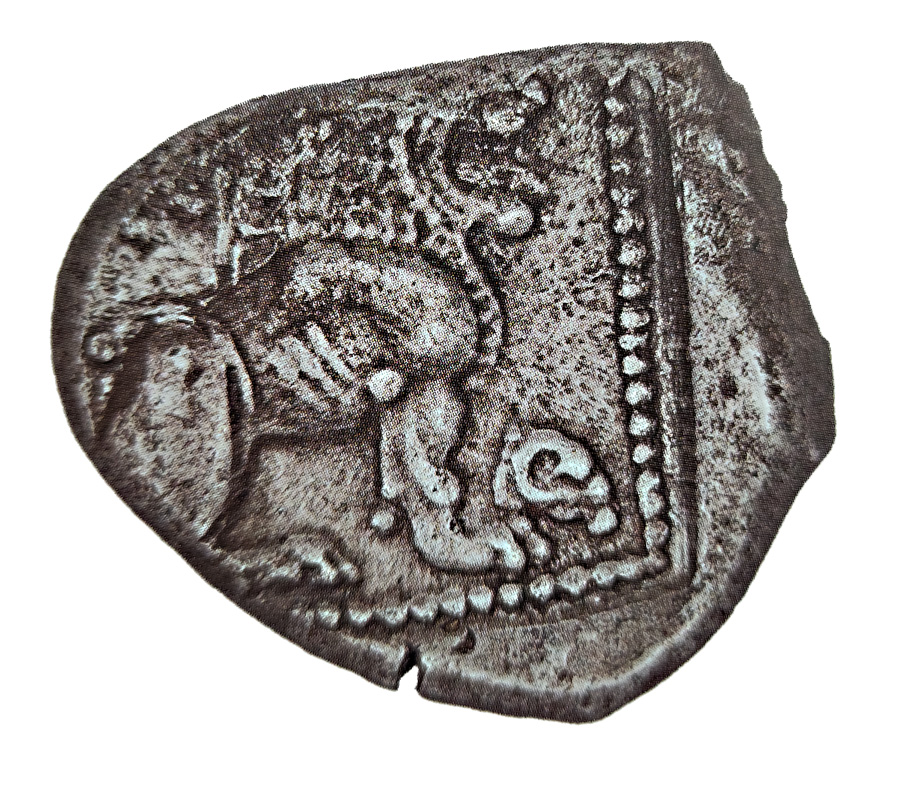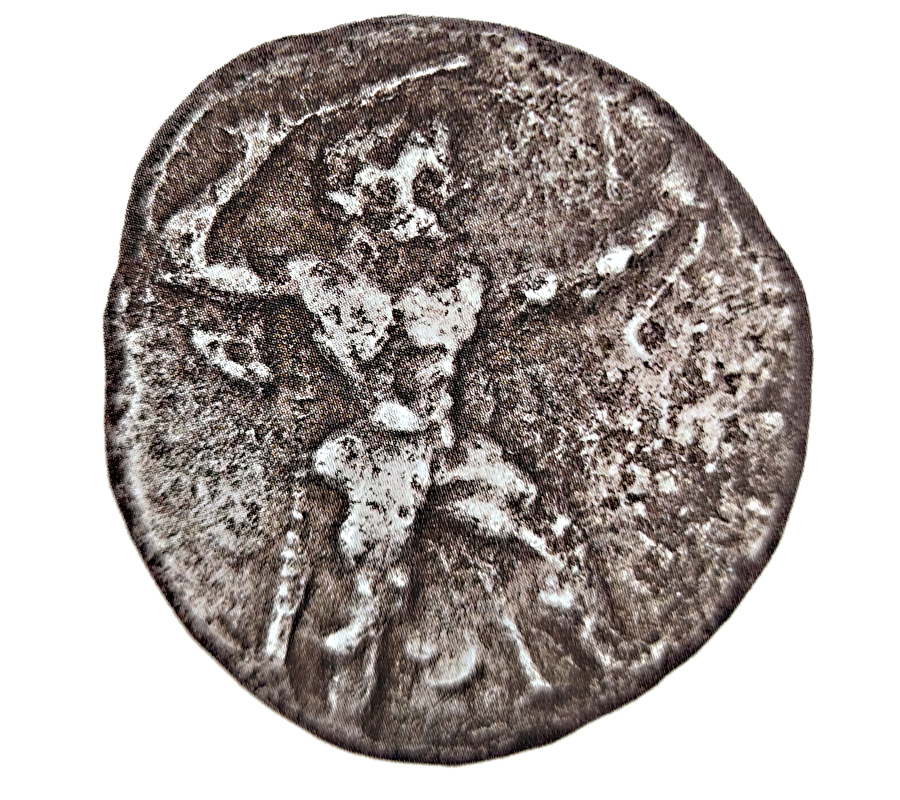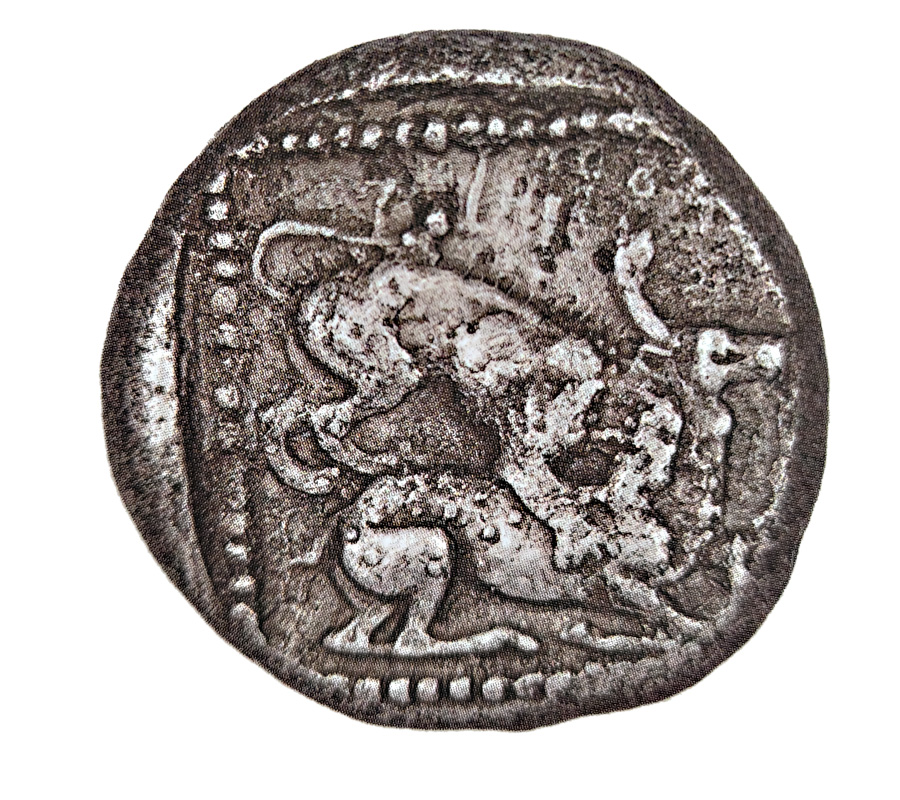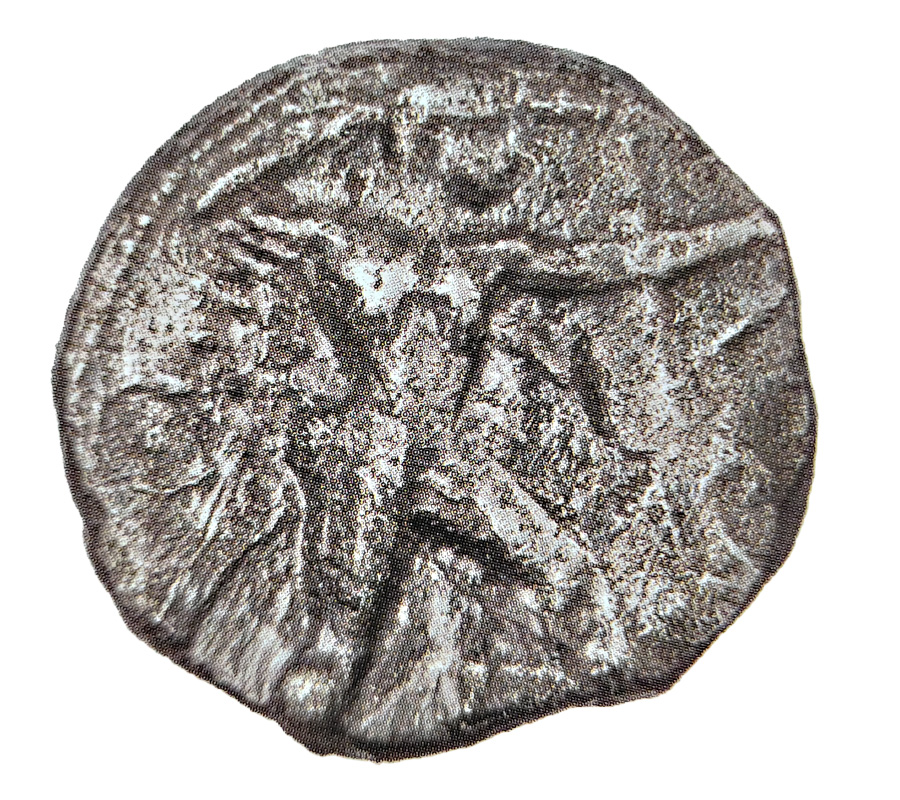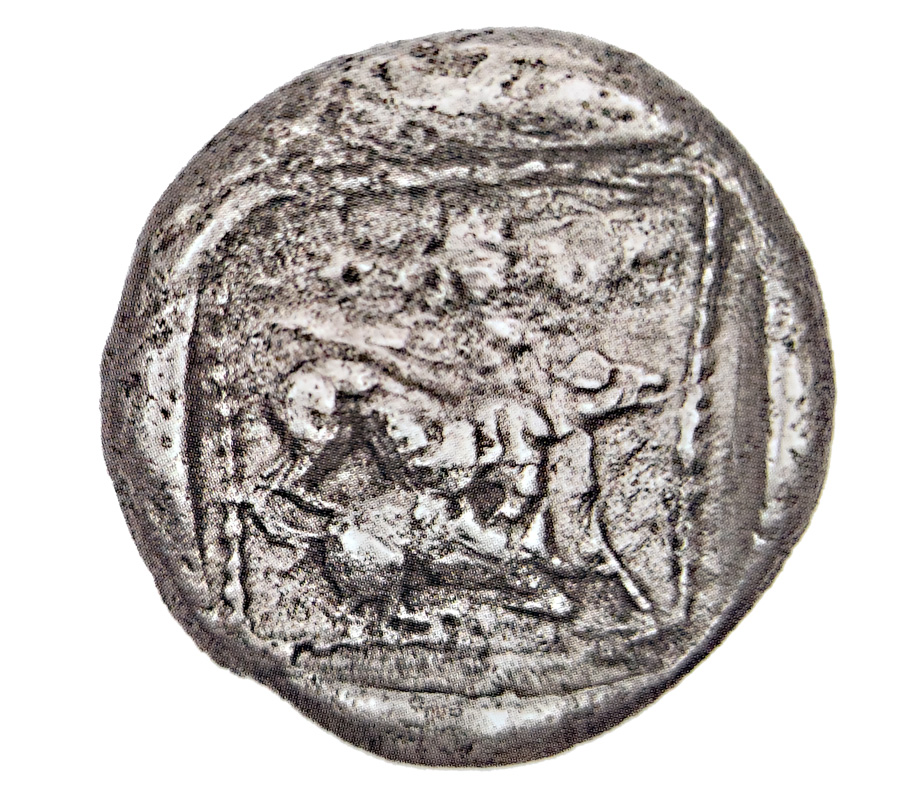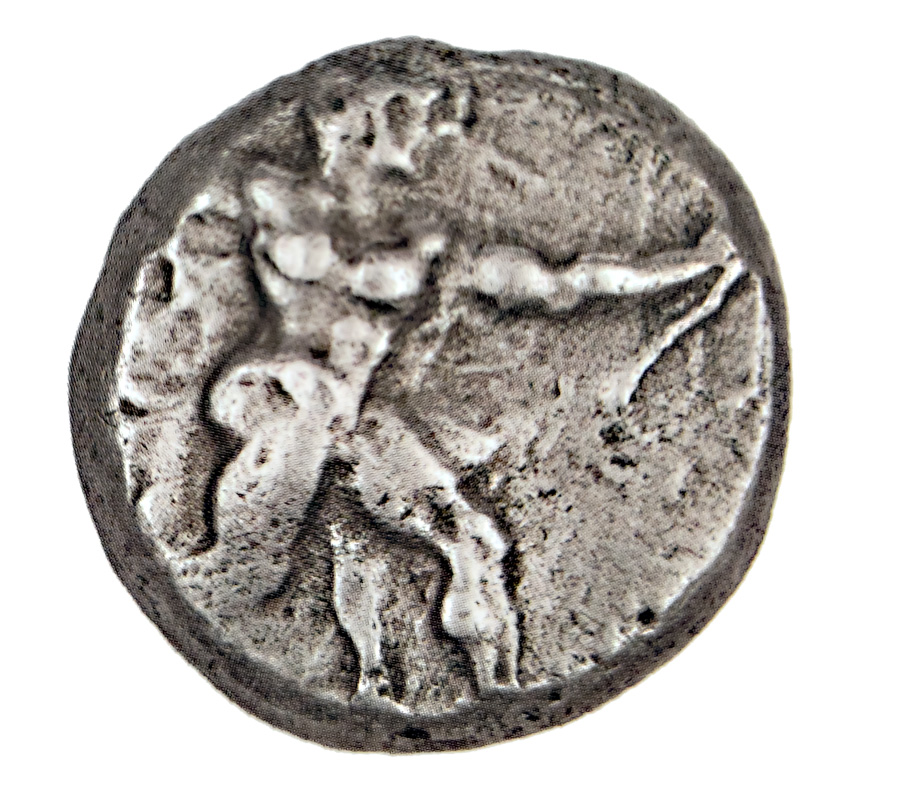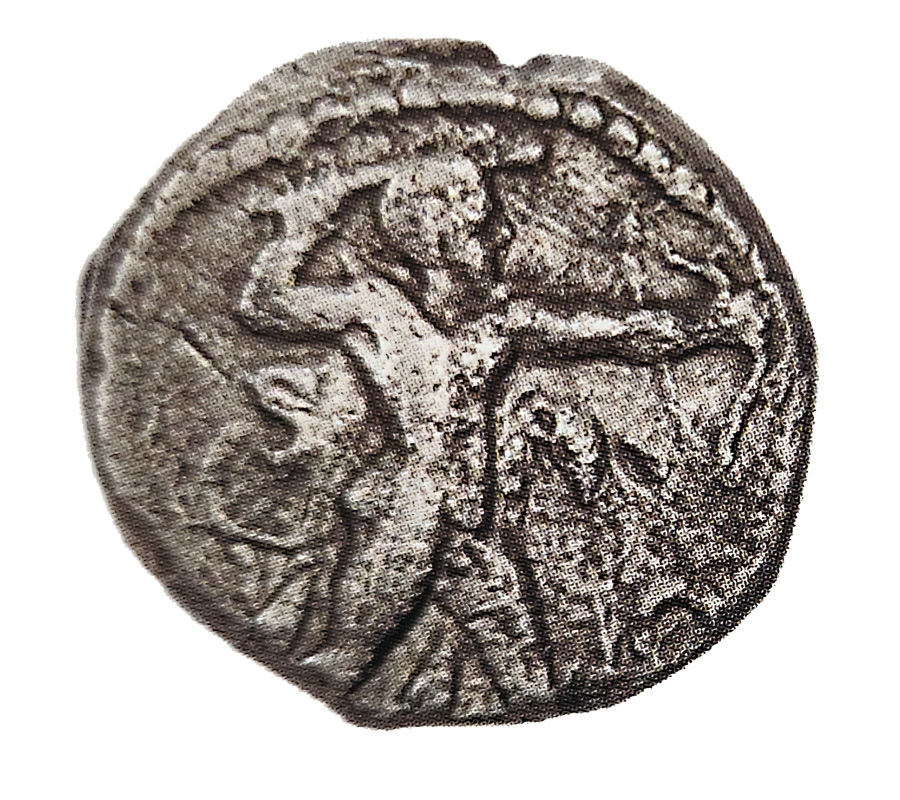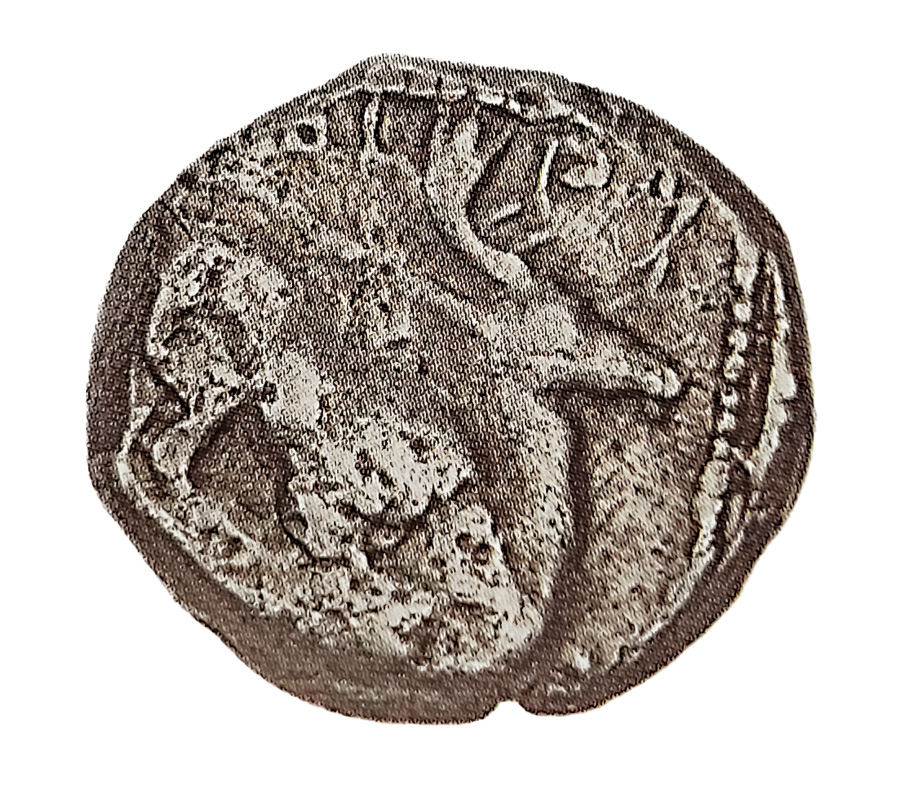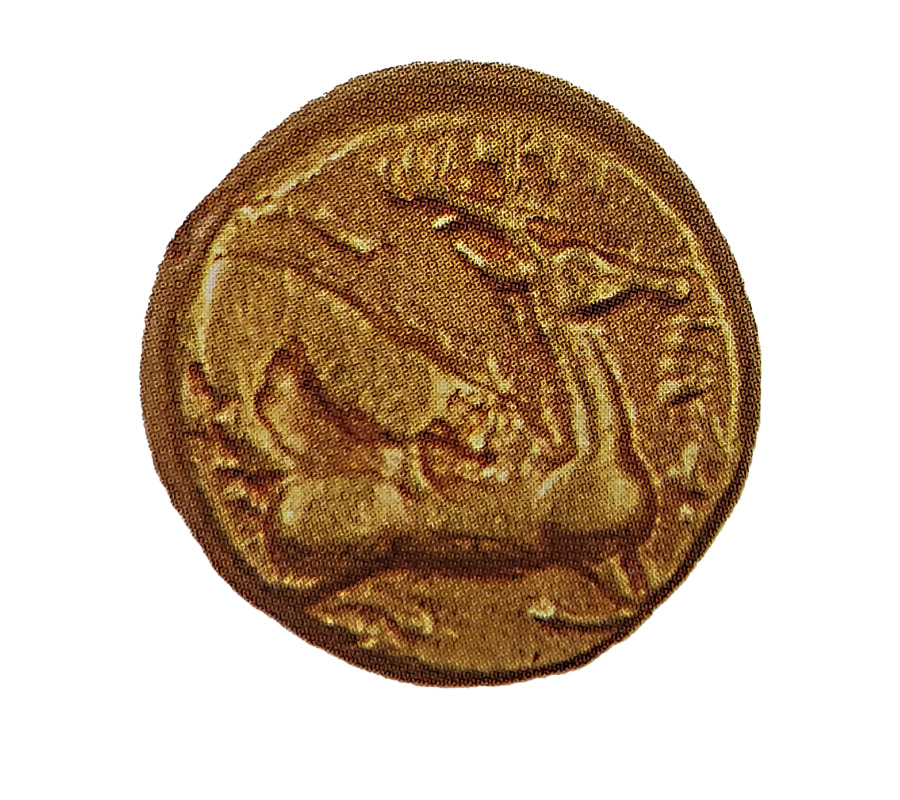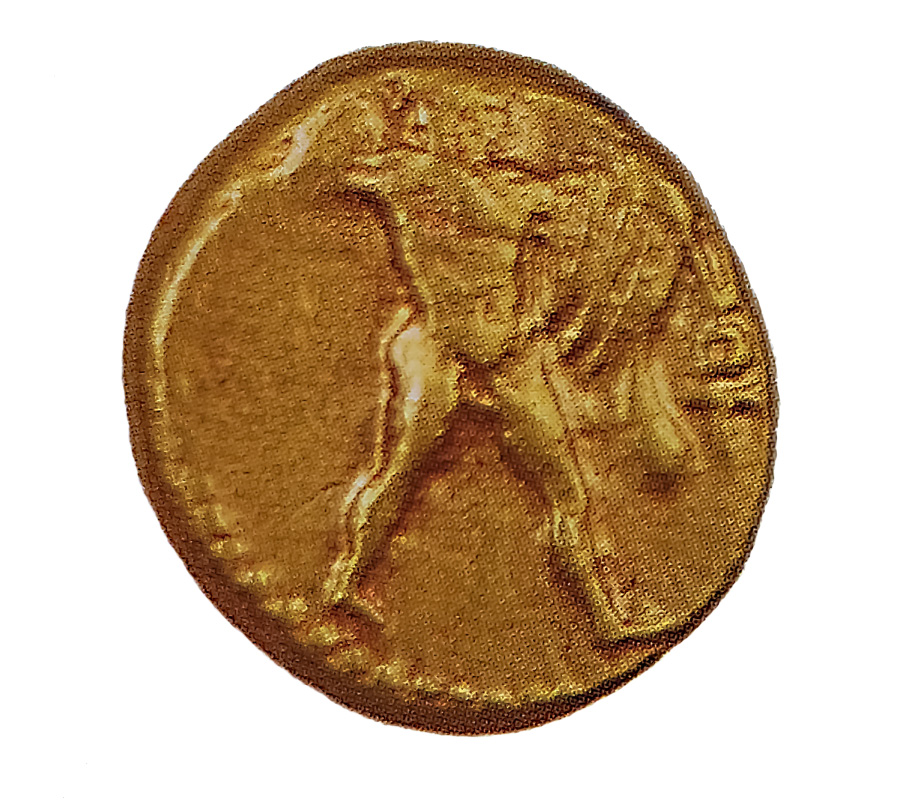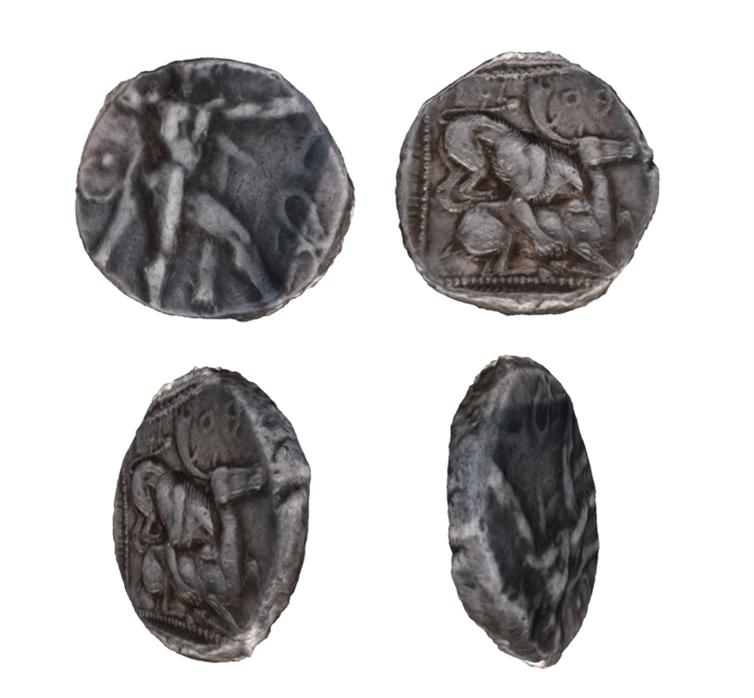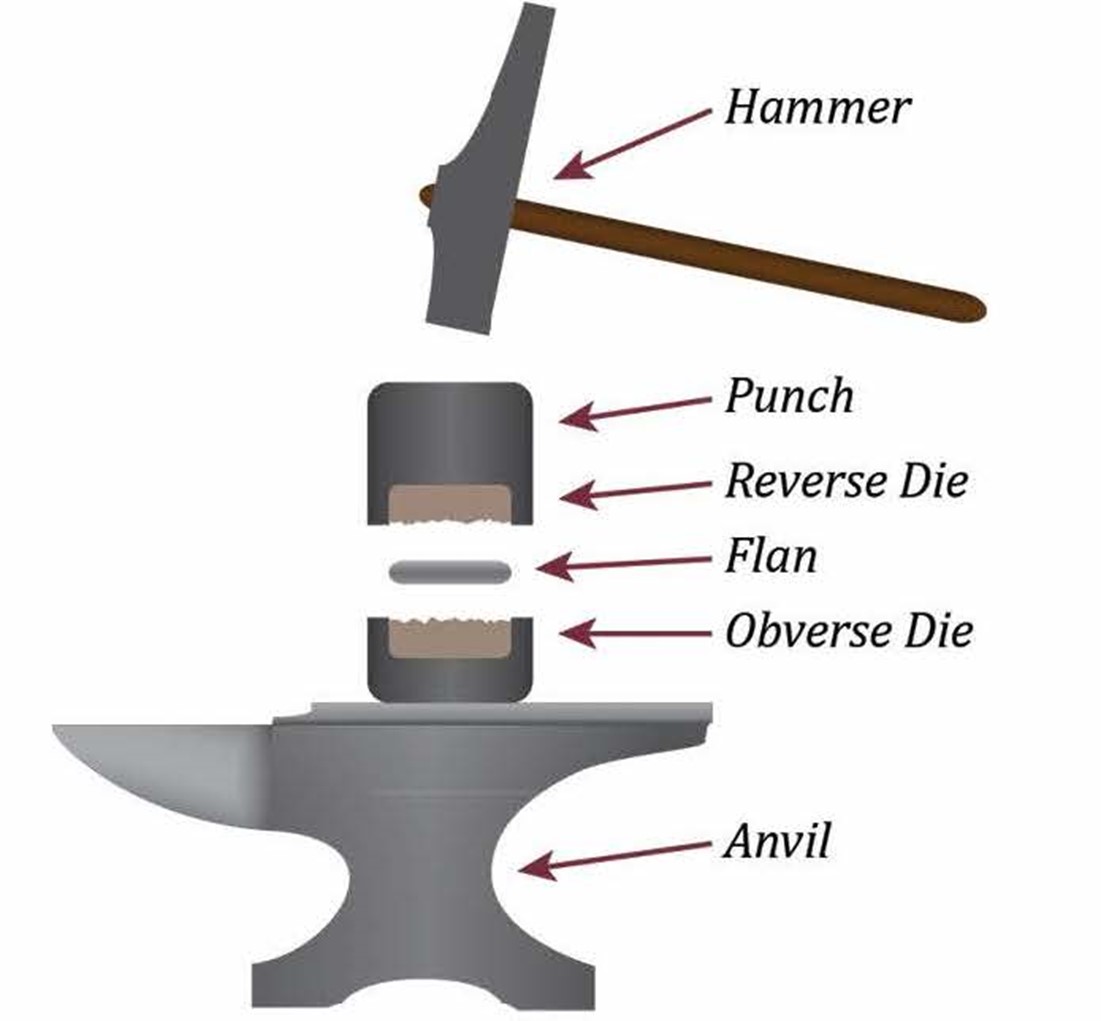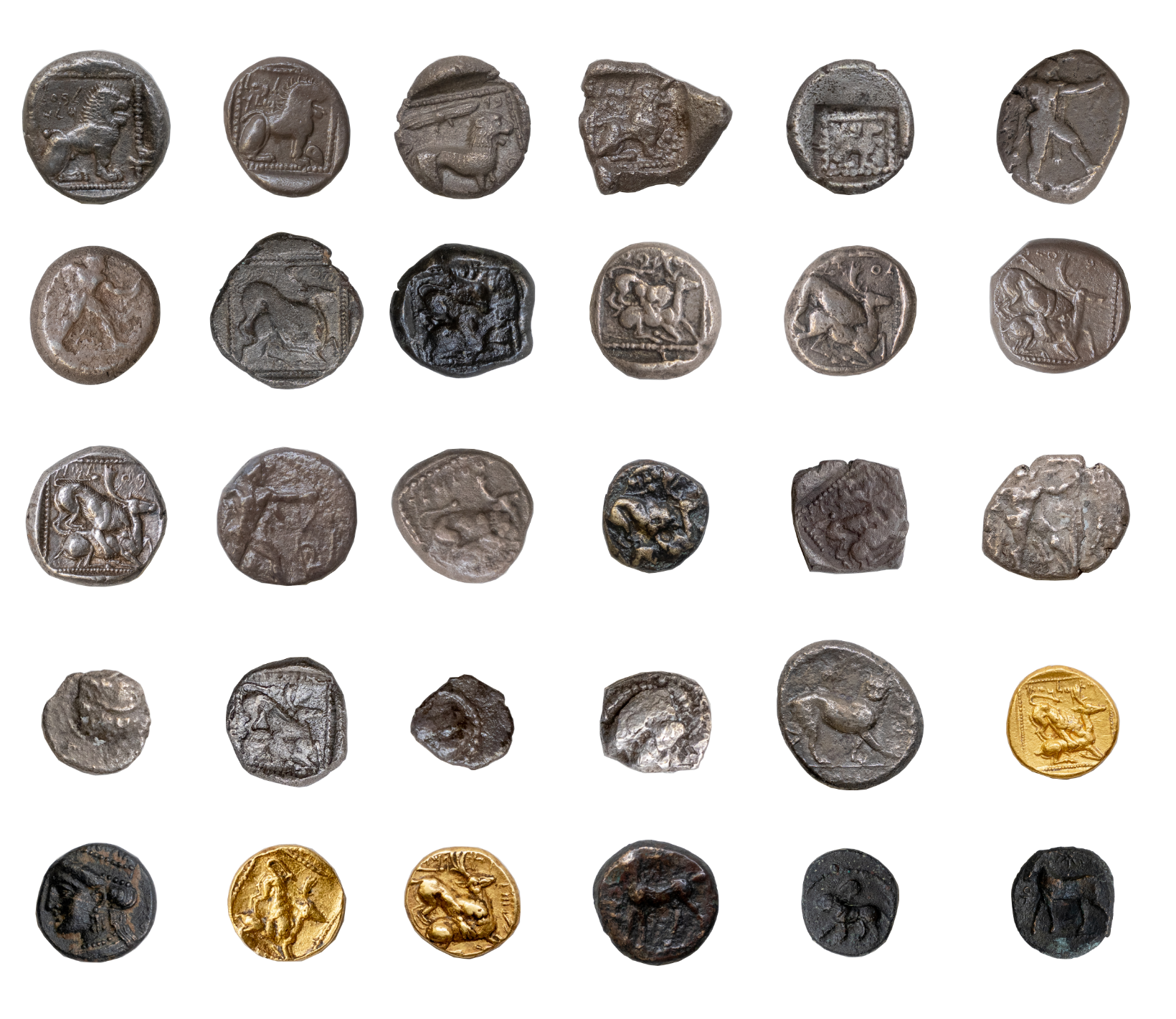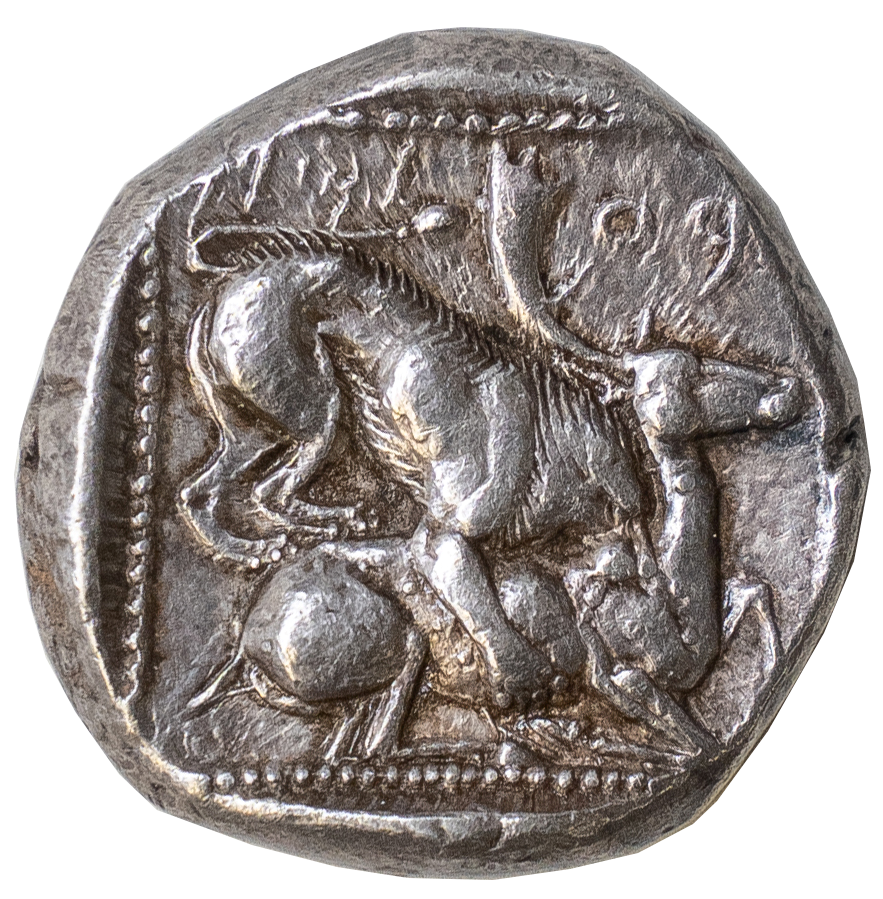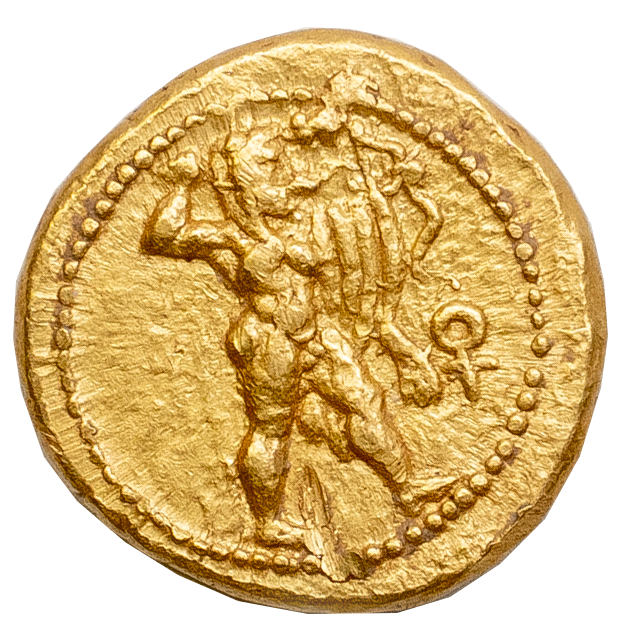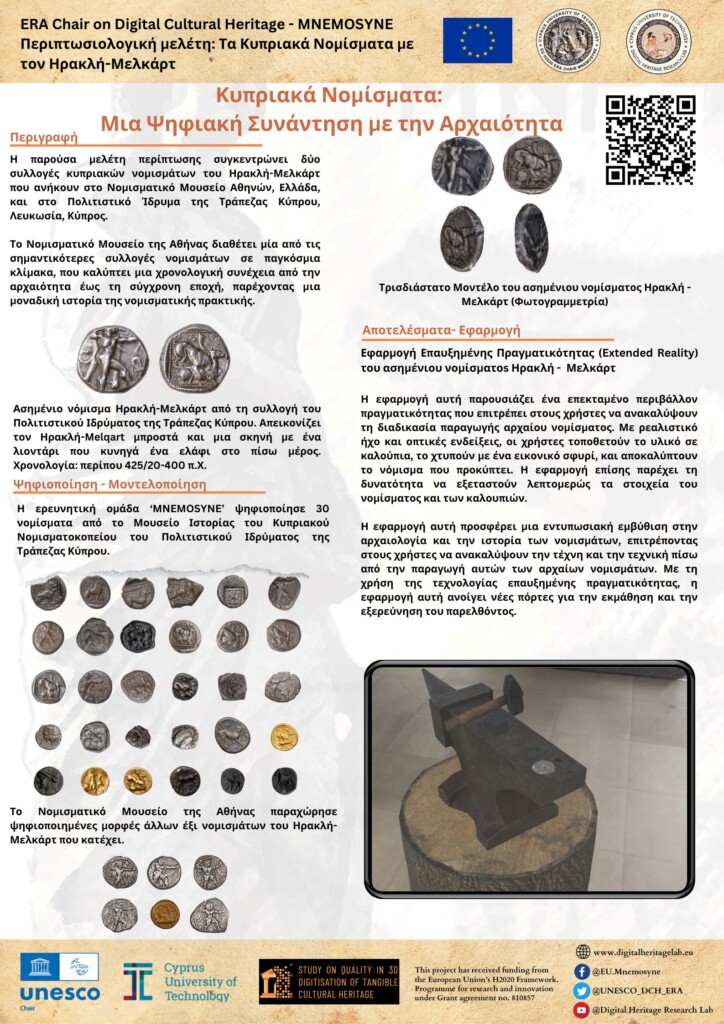1. Introduction
The Numismatic Museum in Athens owns one of the most important collections of coins on a worldwide scale, covering a chronological continuum from ancient to modern times, providing a unique history of monetary practice. Material, inscriptions, typologies and iconography are the main mediums through which coins narrate cultural identities, influences and exchanges, commerce and economy, religion, mythology, aesthetics and governing systems.
The present case study which will deal with a small number of coins connected with Cyprus, will undoubtedly shed light on the island’s wealth and foreign connections and exchanges with its Near Eastern neighbours, during the sixth century BC. The coins in question depict Hercules-Melqart and belong to the Numismatic Museum of Athens, as well as to the Bank of Cyprus Cultural Foundation in Nicosia. The latter also possesses an important Numismatic Collection, covering the entire range of the Cypriot coinage, from the sixth century BC, the period of the city-kingdoms to the more recent period, following the establishment of the Republic of Cyprus.
The Iconography of Hercules
Hercules represents one of the most archetypical personalities of Greek Mythology. His distinctive characteristics as a hero and as a god find parallels as early as in the adventures of the Mesopotamian hero Gilgamesh, the earliest poem of human history. Long after his establishment in the Greek pantheon, versions of Hercules are met in the Egyptian god Chonsu, Babylonian Nergal or the Phoenician god Melqart. On a small number of Cypriot coins from the collection of the Numismatic Museum of Athens, the local version of Hercules also takes the shape of Melqart. Cypriot Hercules, or Melqart, is an excellent example of cultural exchanges and affinities, while it also provides a unique testimony to the societal processes taking place on an island, the position of which made it an important cultural and historical crossroad in the Near East and the civilizations that flourished around the Mediterranean basin, already from early antiquity.
Epigraphic testimonies verify the division of Cyprus into distinct kingdoms from the eighth century BC. Until the conquest of the kingdoms by Ptolemy I in 309 BC, the kings of the ten separate independent kingdoms minted coins in gold, silver and copper, using different iconographic motifs and inscriptions in Cypriot-syllabic scripture – the local syllabic scripture that was used for transcribing the Greek language in the Phoenician alphabet; in Greek alphabet from the fifth century BC onwards; and finally, in the Eteocypriot language, a pre-Indo-European language spoken in Iron Age Cyprus, which has yet to be deciphered. An important number of silver and gold coins were minted by the kings of Kition -located in the area of the modern city of Larnaca-, founded at the end of the fourteenth century BC by groups of people arriving from the coast of Syria and Palestine. The strong Phoenician influence in Kition is evident due to the worship of Phoenician gods such as Melqart and Astarte, evidenced by the presence of altars, religious inscriptions, coins, as well as of other movable objects. Several of them have representations of Melqart, bearing the physical characteristics of Hercules. However, in the Cypriot depictions in sculpture and coins, Hercules is clearly differentiated since he often appears without a beard.
3. Estimation of Complexity & Quality
The following radial charts are base on the based on the EU 3D Study/VIGIE 2020/654
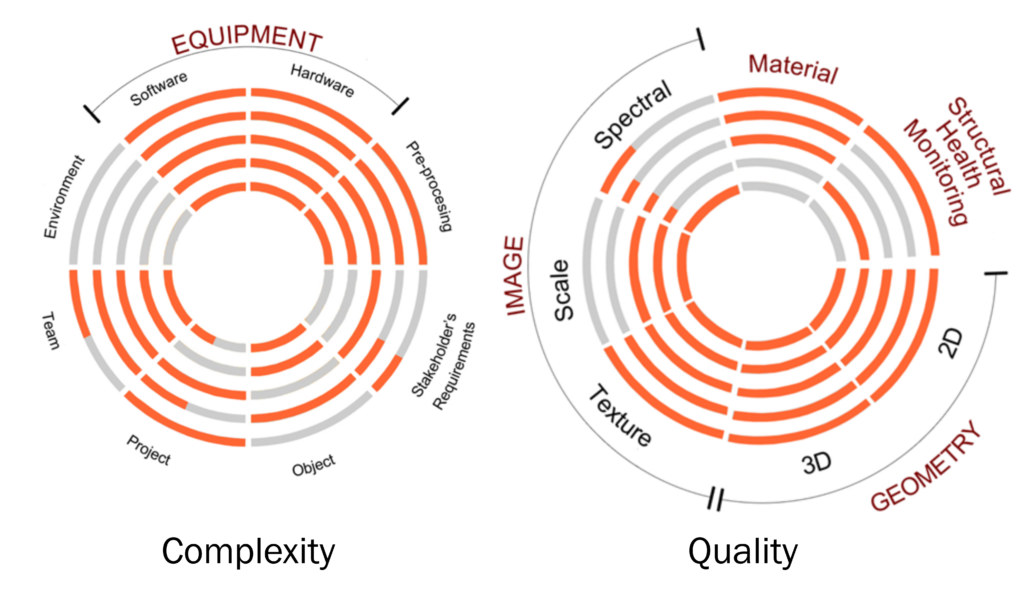
6. Research Outputs
Data Acquisition and Analysis
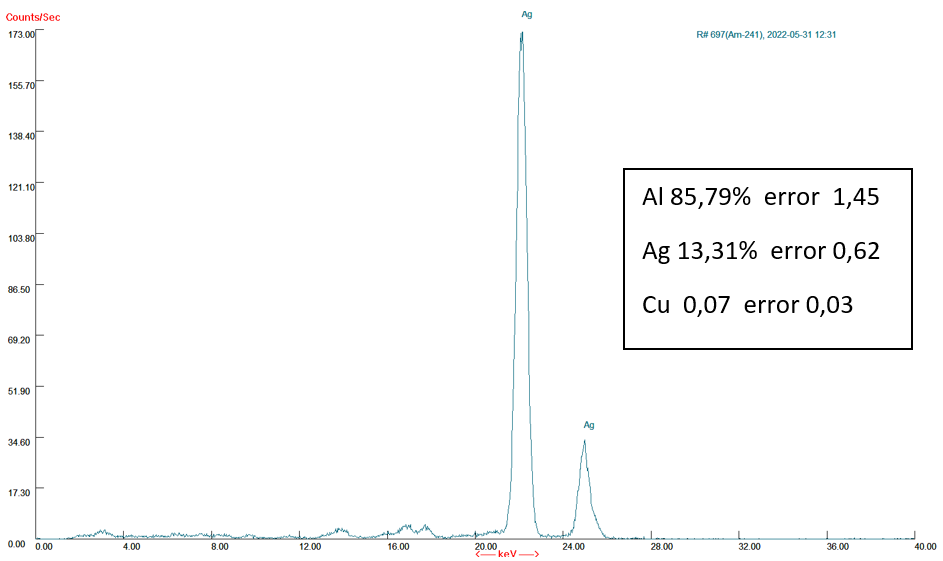
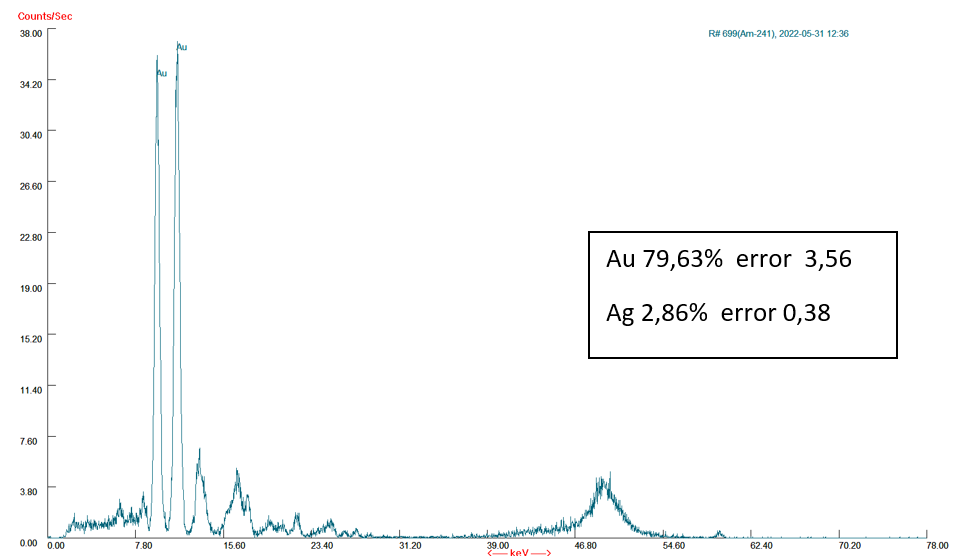
Accessibility and Reuse
This case study has been submitted to the local aggregator (APSIDA) and successfully harvested into the Europeana platform under CC BY-NC-SA 4.0 license.

